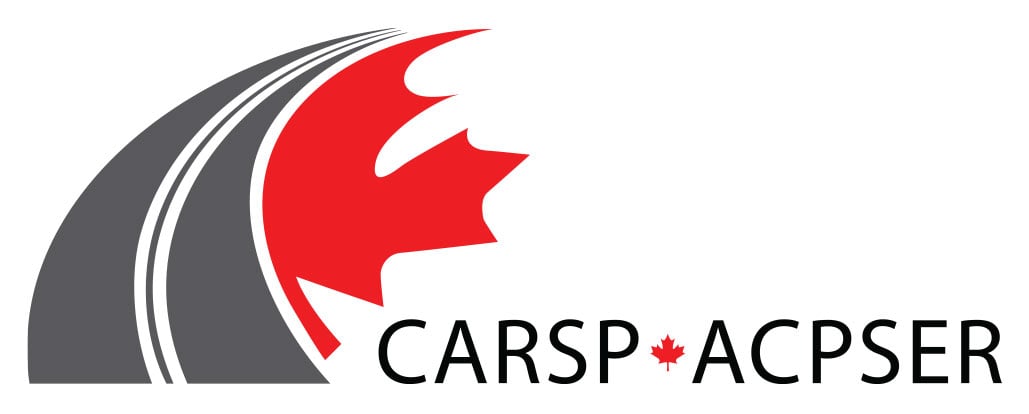Trends in THC prevalence in crash involved drivers, British Columbia, 2011 – 2016.
Author(s): Brubacher
Slidedeck Presentation Only (no paper submitted):
Abstract:
The Canadian government plans to legalize recreational use of cannabis in 2018. Both Colorado and Washington State reported an increase in cannabis-related crashes following legalization in those states. There are concerns that legalization may result in more cannabis-related crashes in Canada. Evaluation of the effect of cannabis legalization on crashes requires adequate baseline data that accounts for trends prior to legalization and for such factors as increasing use of medical marijuana or increased availability. We study trends in the prevalence of THC detection in injured BC drivers between Jan 2011 and July 2016.
This study has approval from the UBC Research Ethics Board. We studied injured drivers who were treated in a participating British Columbia trauma centre following a motor vehicle crash and who required blood tests for clinical purposes. 'Left over' blood that remained after clinical testing was obtained from the hospital laboratory, labelled with a study ID number and frozen for later analysis. Broad spectrum toxicology testing was performed at the BC Provincial Toxicology Centre. The analysis quantified alcohol, THC, and COOH-THC and gave semi-quantitative levels of other impairing drugs and medications. The prevalence of positive THC results are plotted according to season for the following subgroups: i) all drivers, ii) males, iii) females, iv) those requiring hospital admission, and v) those treated and released from the ED without requiring admission to hospital. We will report prevalence and 95% confidence intervals for THC detectable, THC > 2 ng/mL, and THC > 5 ng/mL in whole blood. Results will be displayed graphically.
During the course of this study, the number of marijuana dispensaries in Vancouver increased from fewer than 10 in 2010 to over 100 in 2015. For this reason we conducted a separate analysis that included only drivers from Vancouver.
Over the course of the study, 2598 drivers treated in a participating BC trauma centre required blood testing and had excess blood available for analysis. Overall 202 drivers (7.8%) had THC detectable, 109 (4.2%) had THC > 2 ng/mL, and 22 (0.1%) had THC > 5 ng/mL. The annual prevalence of injured drivers who test positive for THC increased from 7.1% in 2011 to 8.2% in 2015, but there were no statistically significant seasonal or temporal trends in quarterly prevalence rates.
Of the drivers included in this study, 1600 were treated in Vancouver General Hospital. Overall 76 of the Vancouver drivers (4.8%) had THC detectable, 44 (2.8%) had THC > 2 ngmL and 10 (0.1%) had THC > 5 ng/mL. In Vancouver, the annual prevalence of injured drivers who tested positive for THC decreased from 6.3% in 2011 to 5.1% in 2015, but there were no statistically significant seasonal or temporal trends in quarterly prevalence rates.
Between Jan 2011 and July 2016 7.8% of injured drivers treated in a BC trauma Centre, and 4.8% of those from Vancouver, tested positive for THC. There was no significant change in the prevalence of drivers who had used cannabis during this time period. This data will prove valuable as baseline data for evaluating the effect of cannabis legalization on road safety.'
